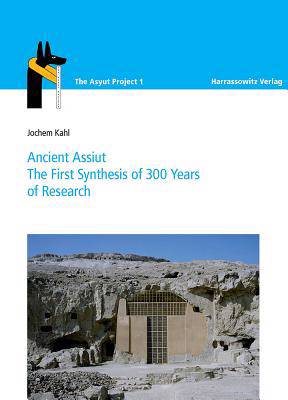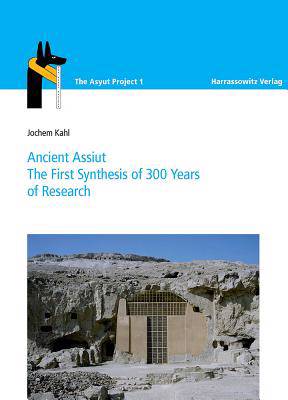
- Afhalen na 1 uur in een winkel met voorraad
- Gratis thuislevering in België vanaf € 30
- Ruim aanbod met 7 miljoen producten
- Afhalen na 1 uur in een winkel met voorraad
- Gratis thuislevering in België vanaf € 30
- Ruim aanbod met 7 miljoen producten
Zoeken
€ 109,95
+ 219 punten
Omschrijving
Due to a poor history of research and the deprival of many of its monuments, Asyut had been forgotten for a long time. The ancient site, its town, its temples, and its necropolis had not been the focus of any archaeological interest since the 1920s. In the 1980s and 1990s some attempts to start scientifi c work in Asyut failed. Only in 2003 a new field project began: The Asyut Project. A joint mission of the Universities of Munster (2003 and 2004), Mainz (2004 up to present) and Sohag (2003 up to present). Fieldwork and studies of former research work enabled the author to reconstruct for the first time the history of the ancient necropolis, and thereby of the ancient town and its different fortunes as a city of culture, as a border town, and as a wounded city.
Specificaties
Betrokkenen
- Auteur(s):
- Uitgeverij:
Inhoud
- Aantal bladzijden:
- 188
- Taal:
- Engels
Eigenschappen
- Productcode (EAN):
- 9783447064248
- Verschijningsdatum:
- 25/04/2012
- Uitvoering:
- Paperback
- Formaat:
- Trade paperback (VS)
- Afmetingen:
- 175 mm x 249 mm
- Gewicht:
- 598 g

Alleen bij Standaard Boekhandel
+ 219 punten op je klantenkaart van Standaard Boekhandel
Beoordelingen
We publiceren alleen reviews die voldoen aan de voorwaarden voor reviews. Bekijk onze voorwaarden voor reviews.











